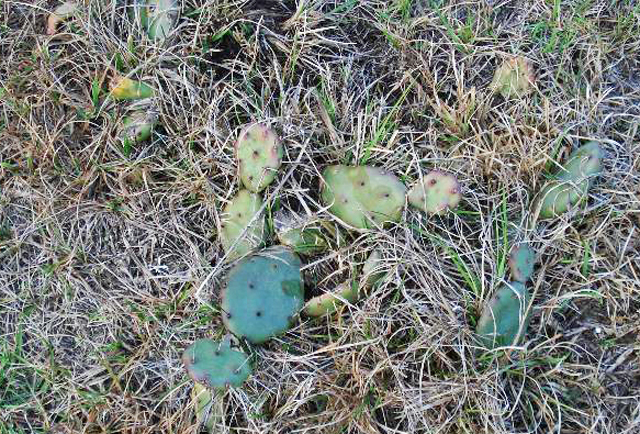
by Shep Eubanks | Sep 8, 2017
Prickly Pear is one of those tenacious, tough to handle weeds that you hate to find growing in your pastures and hay fields. It can be very difficult to control and eradicate. This weed typically spreads and reproduces via fragmentation of original plants, such as...

by Doug Mayo | Sep 8, 2017
The Southeast Hay Contest was started 14 years ago to showcase the excellent quality hay that is produced in the South. If you take pride in producing high quality hay, this is an opportunity to see how the best hay you produce compares to other farms in the region. ...
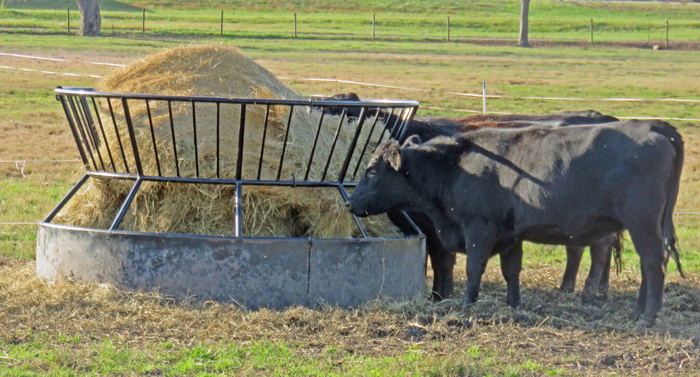
by Matt Hersom | Aug 25, 2017
Everyone likes a good bargain, but when it comes to hay, low price often equates to poorer quality. Because hay is often sold by the bale, the amount of savings from the “good bargain” can be reduced substantially if there is a negative impact on herd nutrition. So...
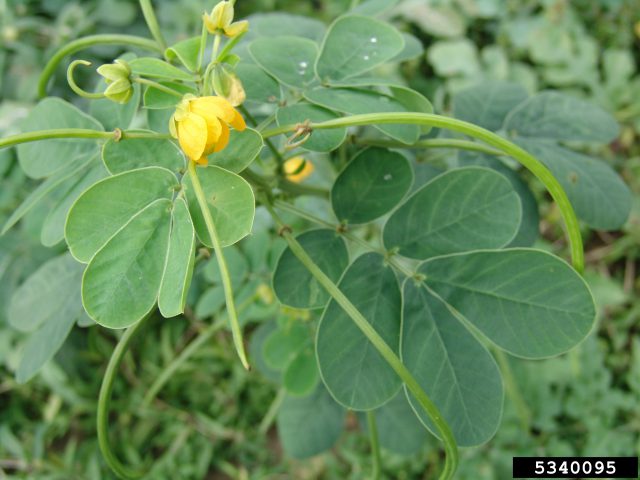
by Kalyn Waters | Aug 25, 2017
Sicklepod is commonly known as Coffeeweed and is a major issue for livestock producers across the Southeast. This semi-woody annual legume is native to the American tropics. Sicklepod is known to be toxic, affecting liver, kidney and muscle function in livestock. The...
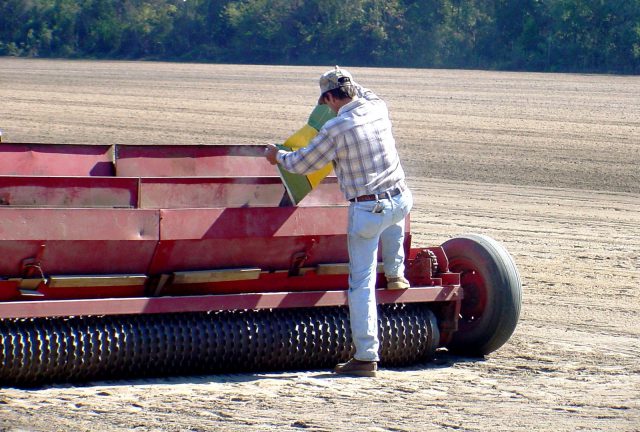
by Doug Mayo | Aug 18, 2017
Source: UGA Forage Extension Team Adam Speir, UGA Madison County Extension Director, and Dr. Dennis Hancock, UGA State Forage Extension Specialist If you haven’t priced annual ryegrass seed yet, I’d suggest having some heart medicine at the ready, or a...
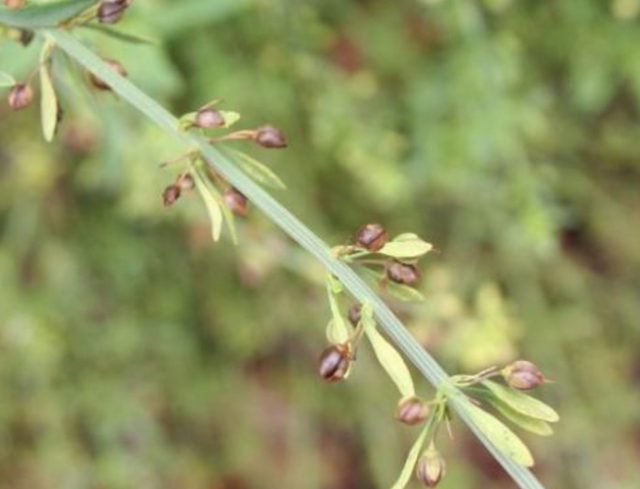
by Kalyn Waters | Aug 18, 2017
Once just an issue in Central Florida Orange groves, Goatweed (Scoparia dulcis), also referred to as sweet broom and licorice weed, is now an issue for many pasture owners in North Florida. The spread of this prolific weed has been attributed to many factors including...







